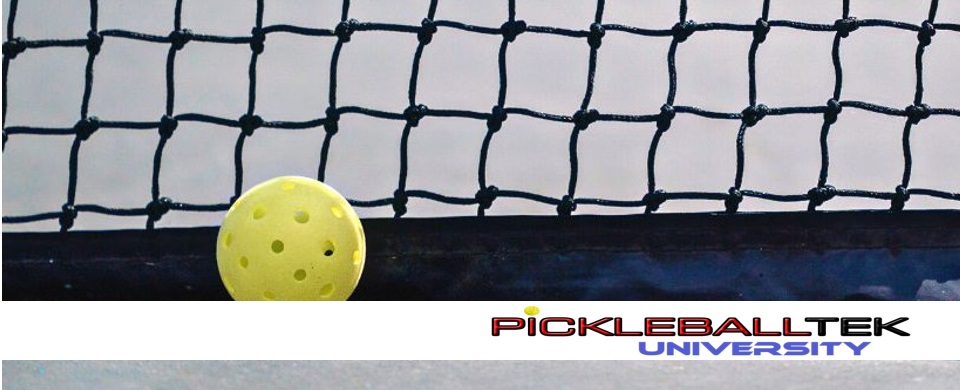
Transition zone positioning
Many athletes often feel uncertain when they find themselves in this area, but it's actually a fantastic place to be. The key lies in your positioning and preparedness for the next move.
10/18/20212 min read


Many athletes often feel uncertain when they find themselves in this area, but it's actually a fantastic place to be. The key lies in your positioning and preparedness for the next move.
It's quite common for players to find themselves in a mid-court position, crouching down on their heels. This particular stance can make it quite difficult to move sideways, but interestingly, it can work in your favor if your opponent also adopts this position. When both players are in this stance, moving to either side becomes quite a challenge, often resulting in awkward shuffling movements that restrict their ability to swiftly move forward.
When you find yourself in the middle of the court, it's important to resist the temptation of assuming a defensive posture by getting low. Instead, opt for a more flexible and staggered stance, similar to that of a sprinter at the starting line. This particular position allows for easier forward movement. For instance, if the ball comes towards your right side, pivot on your left foot and turn your toes in the direction of the ball. By doing so, your back leg will naturally follow through, propelling you forward to meet the ball.
The direction in which your toes are pointed plays a crucial role in your positioning. It not only ensures that your body is correctly aligned, but it also guarantees that your paddle is positioned in front of you, ready for action. Incorrect positioning can result in your paddle dragging behind you, which can throw off your balance and make it difficult to effectively move towards the ball.
Here's a helpful tip for playing in the mid-court: think of your paddle as a protective shovel for your feet. By positioning your paddle in front of your feet, you create a stance that is ready for quick movement towards the net. It's important to avoid squatting too deeply, as this can shift your weight to your heels and make it difficult to reach the ball without bending over too much. Instead, focus on finding a balanced stance that allows for swift and efficient forward movement.
Conclusion
To make your movements on the court more effective, it's important to keep things simple and efficient. One way to do this is by pointing your right toe towards the ball when it's on your right side, and your left toe when the ball is on your left side. This small adjustment ensures that you're always prepared to move forward and engage with the ball effectively, giving you an advantage in your gameplay.
So remember, keep your movements streamlined and stay ready to make those quick, forward movements.
sales@pickleballtek.com
Socials
Subscribe to our newsletter
(949) 456-0000
